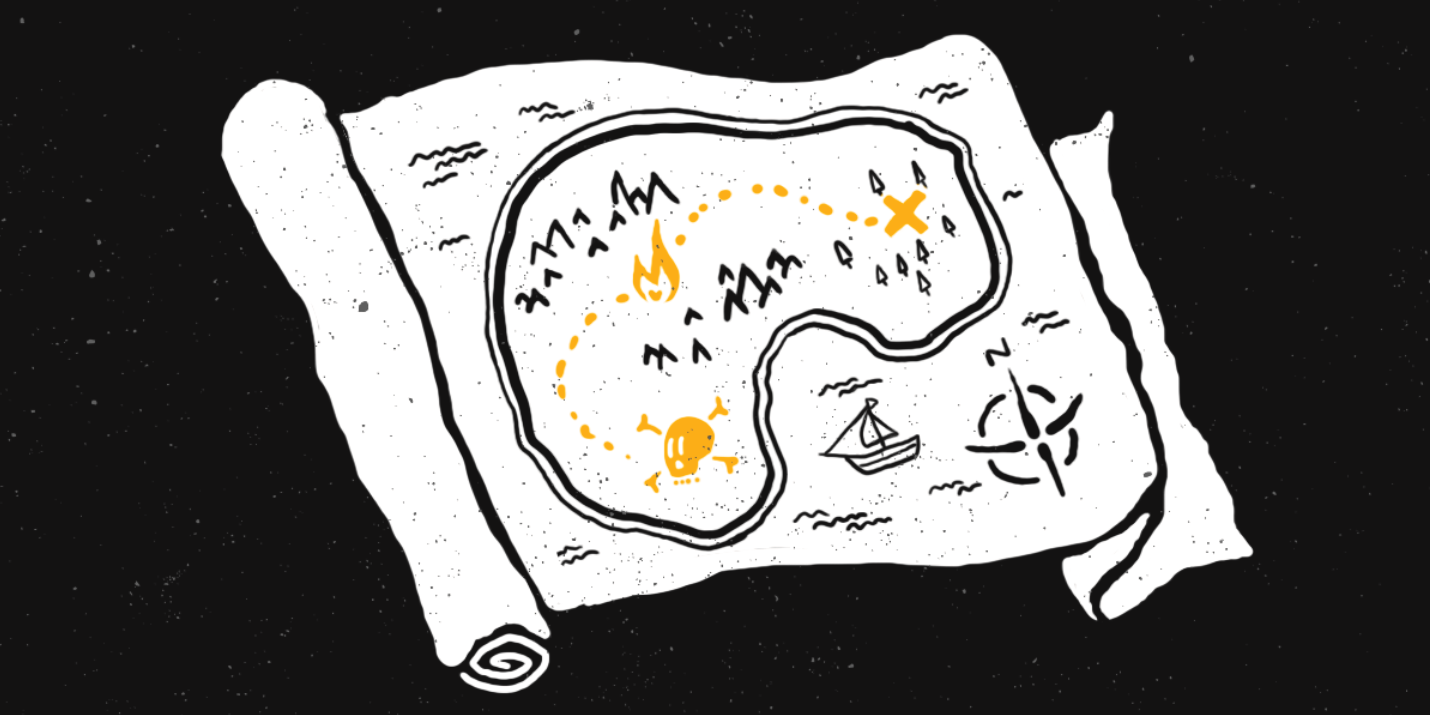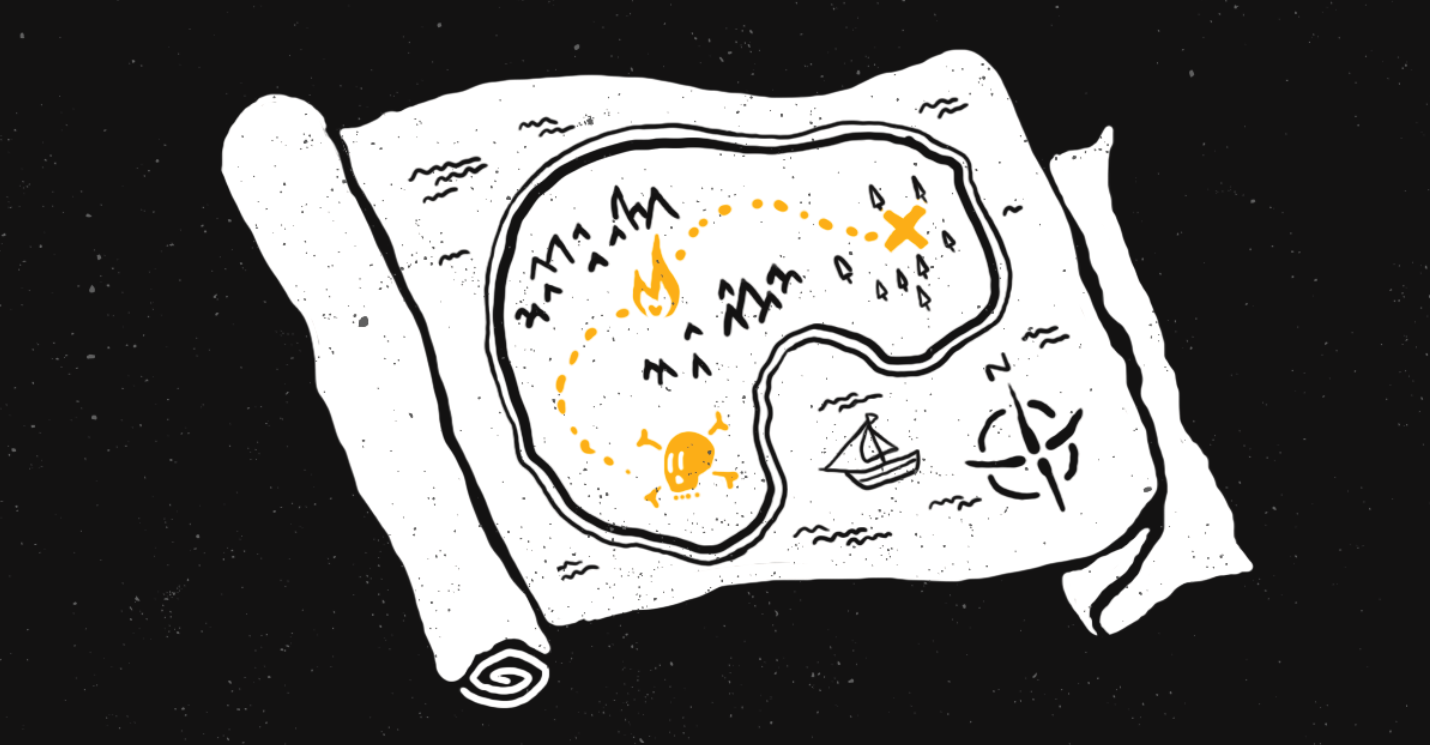The Four Things Every Great Brand Does
It’s harder out here than it looks.
Out in the LinkedIn wildlands and in prospective client meetings, I keep seeing firsthand the gap between the aspirations many businesses hold, and the clarity needed to achieve those aspirations. In trying to cross this gap, many businesses have a cracker-box decoder ring that says, “Do better marketing,” with no instruction as to how to put it to use.
Next comes a poppy field of marketing resources, high on tactics, low on strategy, lulling leaders into a coma of mediocrity. Once motivated middle-market leaders, including some of our friends, left lost in the woods with nothing to feed on but failed promises of quick traffic and easy revenue.
Say it with me again: it’s harder out here than it looks.
On top of trying to uncover the right path, companies are also finding that customer sophistication is at an all-time high. Which means those in tech, direct-to-consumer, B2B consulting, health, and other values-driven enterprises must now reconsider who they are in the world and what it will take to achieve their still-present aspirations. I imagine you’re opening this email because you are one of those people.
And if you’ve stuck with us this long, it might be because you’ve heard us espouse a word that has become our rallying cry: brand. Maybe, just maybe, the thing that keeps drawing leaders like you forward, is the evanescent promise of that brand.
And maybe if you’re like most…you also have no heckin’ idea what brand means. It’s okay, there’s no judgement. We call this moment right here, a learning opportunity.
What is a Brand Anyway?
Most companies I’ve interacted with in my 20-year career—large and small—have no idea what a brand does. They know little to nothing about the difference between brand and marketing. They know how to use the word “brand” in a sentence and are fond of putting it in strategic documents “We need to grow our brand.” Still, the word is an inkblot, absorbing whatever hopes and aspirations aren’t fitting somewhere else in the organization.
What leaders are striving to say is that they want something intangible that captures their reputation. They want a rising tide that not only elevates the view of their prospects but their own view as well.
In a sense, brand becomes an MBA-approved word for self-esteem. They want a brand that makes them feel what they feel when they see themselves in the mirror after a trip to the mall or gym.
But of course, brand, like self-worth, cannot be microwaved. The streams that feed its significance are widely tributary and far-reaching in their complexity and importance.
To build your brand requires perennial levels of grit and grace.
What Does a Brand Do?
Part of the confusion around brand is—other than mirroring our hopes and dreams back to us—few really know what it should do for the business itself. There is general agreement that it is better to have a good one than a bad one. But there is little consensus among what makes a good brand, other than endless discussions about logos—an exercise in myopically missing the point.
When a brand is strong, it produces four outcomes:
-
Increases the market value of the company
-
Grounds and attracts talent to the company culture
-
Authorizes and empowers value-based pricing
-
Increases sales velocity and quality
Notice first that only #4 of the above list is purely marketing. Brand work is NOT marketing work. Brand empowers and energizes your marketing operations, but they are not the same. Evaluating the quality of the brand and the quality of the marketing are two different questions that may produce completely different answers.
All four outcomes have financial implications with #1 being the most significant. A great brand increases the EBIDTA multiplier of your market value. A 2x multiplier is way more important than 2x growth in gross revenue. Equity value improves liquidity, M&A opportunities, and overall balance sheet health. In short, growing the brand grows everything else. Growing revenue only grows the bottom line.
Brand is also central to culture. It influences overhead and employee churn, saving long-term costs, and increasing productivity. A Bain & Company study showed that companies whose brands produced engaged, happy cultures, had 40% higher productivity levels than their peers with similar talent pools. When people work for a company that inspires them, the work just gets better.
And, of course, a brand produces revenue. Not by “doing marketing,” but by creating a playing field in which marketing and sales can thrive. First, a brand allows a company’s services to move from commodity to value. So high-value brands price based on perception, not just as the mark-up on the cost of goods sold. Brand premium raises margins and (when leveraged correctly) increases loyalty. People like to talk about buying stuff they think is top shelf. No one refers their friends to their paper towel company.
Second, in the revenue formula is sales velocity. Because good brands are radically focused on the ideal customer and have messaging that is particularly aligned with their needs and aspirations, they sell faster and with fewer interventions. The dark funnel* is doing the work of building reputation and opportunity, producing pre-qualified buyers before they ever appear in the CRM.
Why Doesn’t Everybody Do It?
If these outcomes are so great, why are so many companies resistant—either directly or indirectly—to the work of brand creation and management? Three key things make up that cocktail of hesitation:
-
Lack of courage to differentiate: Business leaders are too worried about a broad audience to get surgically clear on serving a particular community and creating a category to do so.
-
Lack of understanding of what makes a brand: Because many business people have only worked with transactional marketers (if any true marketers at all), they lack the understanding necessary to differentiate brand-building activities from marketing tactics. The lack of understanding leads to consistently undermining their brands for the sake of “doing marketing.”
-
Lack of patience for long-term outcomes: Performance marketing’s heyday from the mid-2000s until the late 2010s misled many executives into thinking the only necessary skill for marketing was high volume lead-gen through digital channels. This deception is still actively destroying brands today and leaving them in a sea of mediocrity that some will never escape.
So, what is a motivated leader like you to do?
This Way Out
My best recommendation is to get the right support. The leaders I’ve seen make the transition from a brand shackled in blasé to building the financial future they’ve dreamed of didn’t go on that journey alone. And neither should you.
You can only lead people where you’ve been before. And if you don’t have the experience of taking a brand from commodity to asset, then it’s unlikely you’ll find your path without support. Whether that support comes in the form of a skilled CMO, a great consultant, or a true agency partner will depend on your firm and its needs.
The point is the road to a better company, a better and stronger brand, is getting tougher every day. But you do not have to go it alone. Nor should you.
Skip the decoder ring. Find a friend who’s seen the map.
Forward, Forward.


